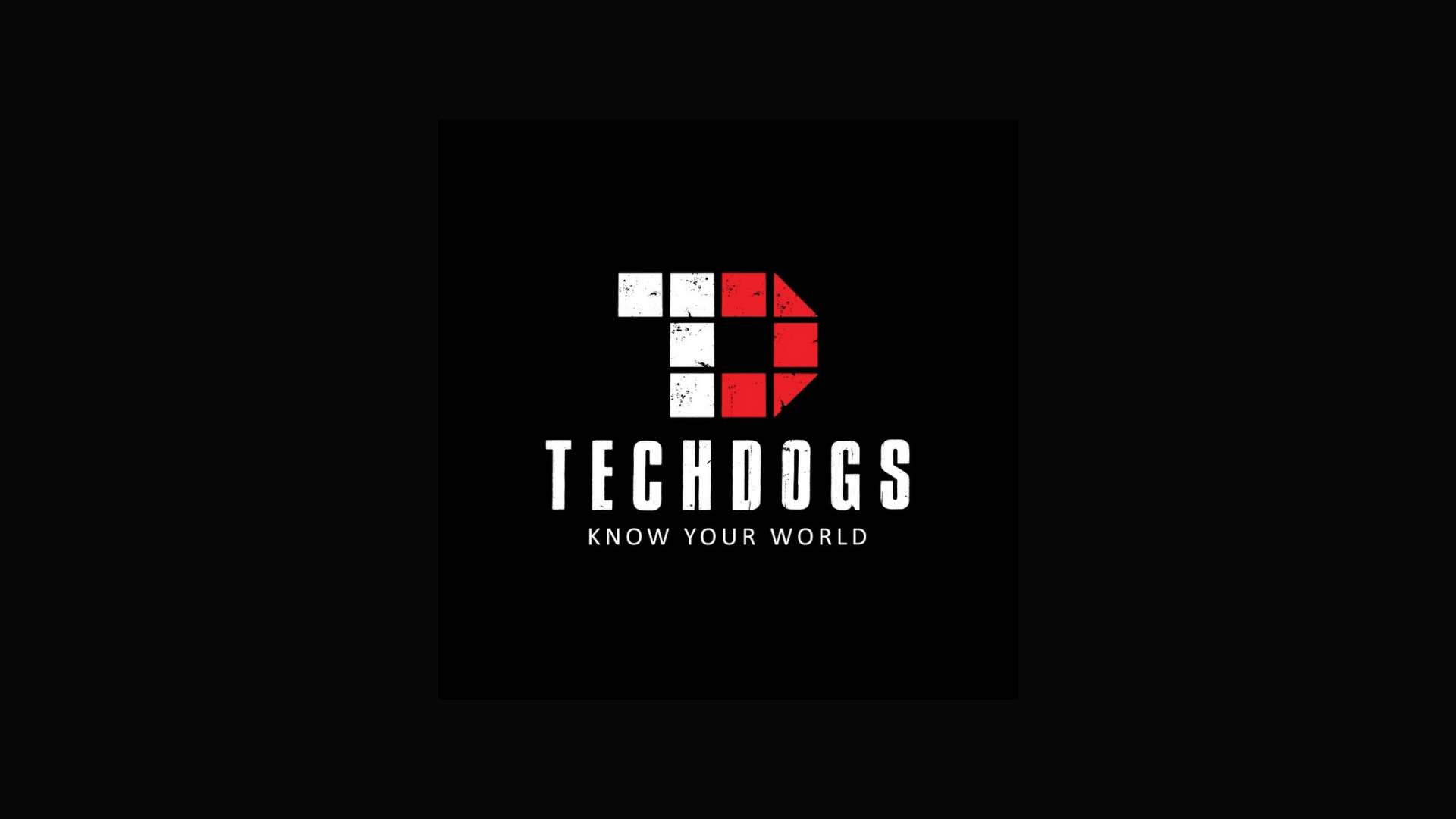The report – which details responses from 250 senior UK enterprise professionals recently involved in a major technology purchase – revealed that as many as 9 out of 10 enterprise technology buyers expect suppliers to ‘earn’ their presence in the media rather than pay for it. What’s more, 6 out of 10 buyers admitted that they see paid-for content as less credible, potentially harming the brand in turn. Terrifying news for the modern B2B marketer who has planned to increase their digital spend on paid-for activity this year.
‘Organic’ digital marketing takes its final steps
Like many, I believe the utopian idea of ‘organic’ digital marketing is on its last legs. Over the past few years, there has been a significant shift towards ‘paid’ digital marketing strategies especially where advertising, search, social media and online media are concerned. This is partly to do with the pressures surrounding these channels. For example, Facebook recently announced that its News Feed will de-prioritise content shared by media and businesses in favour for friends and family content – a move that requires businesses to invest heavily to ensure user visibility or risk losing almost half of all active monthly users. However, the increasingly convoluted B2B purchasing process has also had an impact on marketers digital spend.
Long buying cycles, numerous decision makers – from an array of departments, varying experience levels and (mostly) millennial – and an explosion of online information, have all obliterated the idea “pushing buyers through a liner marketing funnel”. Instead, a potential buyer is likely to get over half the way through the buying process before directly engaging the supplier, by which time the shortlist may have been decided. This also means that the majority of decision makers – each of whom have influence over the long list and short list – will remain largely anonymous to suppliers as they consult analyst reports, trade publications and Google (yep, Google!) to research and select solutions. Scary.
Luckily, data growth has meant that many digital channels are able to segment and target audiences in a number of different ways. No wonder then that modern B2B marketers have found themselves paying hefty sums to leverage this data and reach the decision makers that are otherwise untouchable.
Decisions, decisions, decisions…
Sadly, this approach appears to be wearing thin for most enterprise technology buyers. The report showed that enterprise technology buyers believe that ‘paying for’ coverage sidesteps journalistic scrutiny, and therefore hold ‘earned’ coverage as more influential in a buying journey.
Yet, as if it wasn’t complicated enough, there is also another crucial force a play here: how do B2B technology marketers meet the needs of their customer audience, when the channel to reaching those customers is so desperately in need of advertising revenue?
Over the past six months, a number of well-known media firms suffered very public market losses despite diversifying content and engaging in M&A activity to stay relevant. The hard truth is advertising revenues are becoming more difficult to come by and while some are switching to a subscription-based model to stay afloat, national and trade media alike are feeling the burn. Bad news for the modern marketer. Industry (33%) and national media (20%) are both key information sources when enterprise tech buyers are selecting a supplier. Therefore, to withhold advertising spend and potentially lose these channels would significantly impact their ability to reach customers.
Getting the balance right
The report also details the types of earned media stories enterprise technology buyers prefer to read. The highest value was placed on suppliers that achieved true thought leadership status within their industries. And it stands to reason, a potential partner saying something truly thought-provoking about the industry that you are trying to survive in, will always be more powerful than 500 words of paid-for drivel.
Asking marketers to do away with all paid-for activity is not a viable option in the digital world. However, they must find a balance. Put time and money into creating insightful commentary that resonates with not only your buyers but the industry as a whole. And then engage the media and analysts on this topic organically – after all, they are likely to be your biggest critics. The lesson here? If you’re going to pay-to-play, make sure you are valuable to your audience.












